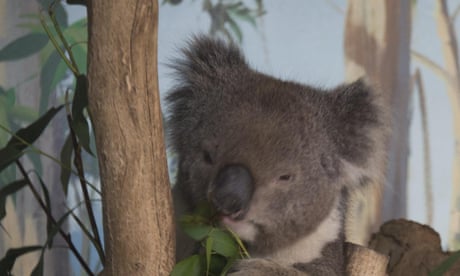National park outside Warsaw says several of the animals seem to have settled there again after government cull in the 1960s
Agence France-Presse in Warsaw
Wednesday 25 November 2015 18.51 GMTLast modified on Wednesday 25 November 201519.53 GMT
Wolves have returned to a large national park on the outskirts of Warsaw, decades after they were wiped out there under a hunt launched by the communist authorities.
“We’re really happy,” said Magdalena Kamińska, spokeswoman for the 150sq mile (385sq km) Kampinos national park, Poland’s second largest. “The fact that wolves have returned to our park, from which they completely disappeared in the 1960s, means that nature is in good health and is renewing itself.”
Park employees spotted a first wolf in 2013, but the animal was just passing through. Now there are several and they appear to have settled in for the long haul, Kamińska said.
A young male wolf was caught on a hidden camera just a few days ago, and in September another was spotted drinking at a watering hole.
Poland’s communist regime organised a vast wolf cull in the 60s in response to their perceived danger, paying residents for every animal shot dead. The park’s last wolf pack was killed in 1964.









